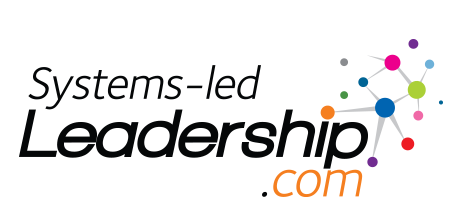The Impact Gaps Canvas is a tool to help change makers take a systems-led leadership approach to designing their careers and initiatives. It is used in a variety of ways: in the application process or initial programming of social entrepreneurship accelerator programs, as a tool for educators to help students identify high-impact careers paths, and as part of Oxford’s Map the System competition, now running at ~40 universities around the world. This tool came out of Daniela Papi-Thornton’s Tackling Heropreneurship research, funded by the Clore Social Leadership Programme.
It might seem like common sense, that anyone who wants to solve a problem would first strive to deeply understand the problem as well as the landscape of existing solutions before deciding on which action to take. Though it might be common sense, it’s not common practice. Many education and funding programs focus on solutions before understanding problems while hackathons, start-up weekends, and other social business start-up boot camps often completely skip over the system level look at social problems. When the emphasis is put on creating and growing ventures, and working to attribute “impact” to those individual organizations, the chance to work towards collective impact while building into a wider collaborative system of change is overlooked.
The Impact Gaps Canvas can be used by anyone who wants to understand the landscape of a problem and identify some paths to how they might contribute to a solution. The questions on the left can help you understand and map out the challenge (who or what is impacted, what is holding the current status quo in place, who stands to be negatively impacted if the problem is solved, other issues related to this challenge, the history of the challenge, etc). You can use the questions on the right to help you map out the “solutions landscape” (what has already been tried, what has worked and what hasn’t, how those efforts are connected or building upon each other, what future efforts are planned, etc). You might want to look at solutions from a local level (what efforts are being tried locally, and what resources are available that might be of use in shifting the system even if they do not currently self-identify as “solutions”) and from a global level (what similar or tangential efforts have been tried around the world and what lessons can be learned).
In the middle, are the “Impact Gaps”. You can explore these gaps from the 30,000 foot level (what is missing in the current landscape of solution efforts, what could connect up these efforts, what regulation might be needed, how can lessons be shared, what other efforts might link up the current activities, etc) or explore the gaps in individual efforts more explicitly (where has each individual effort failed to effectively shift the system, what parts of their model can be tweaked to add more impact for more people, etc).
In the end, you will identify some lessons learned that you can use to either focus your own career path (perhaps helping you identify organizations with which you want to work in order to best use your skills to impact change) or to help you build your own solutions efforts (in which case you might then want to move on to a business model canvas or other more solution-focused mapping tool).
